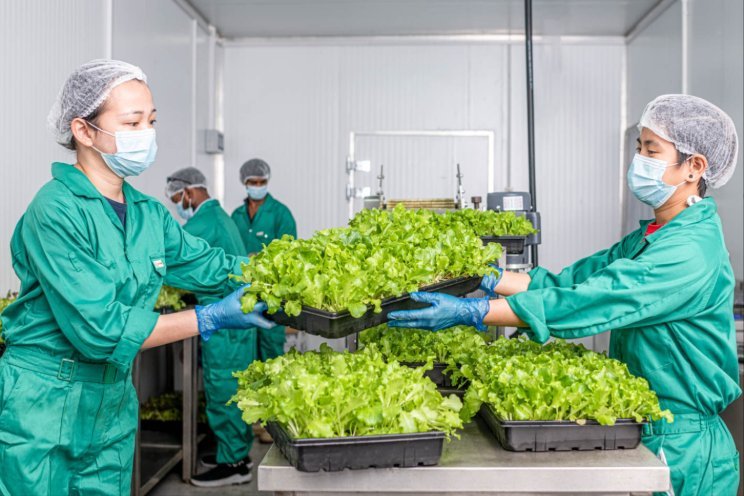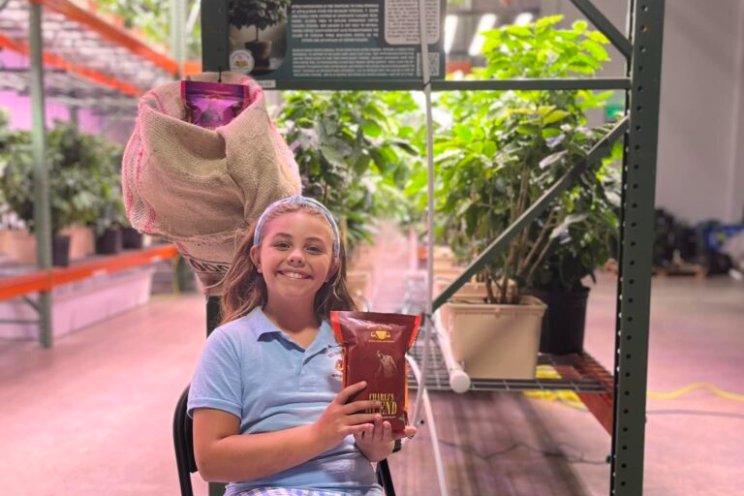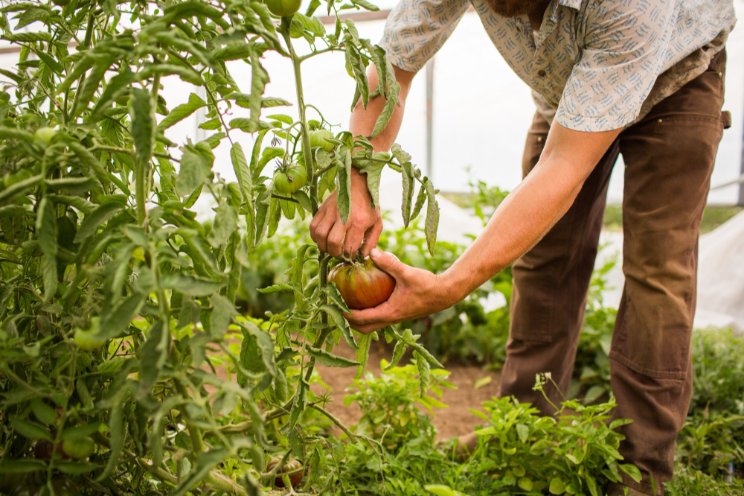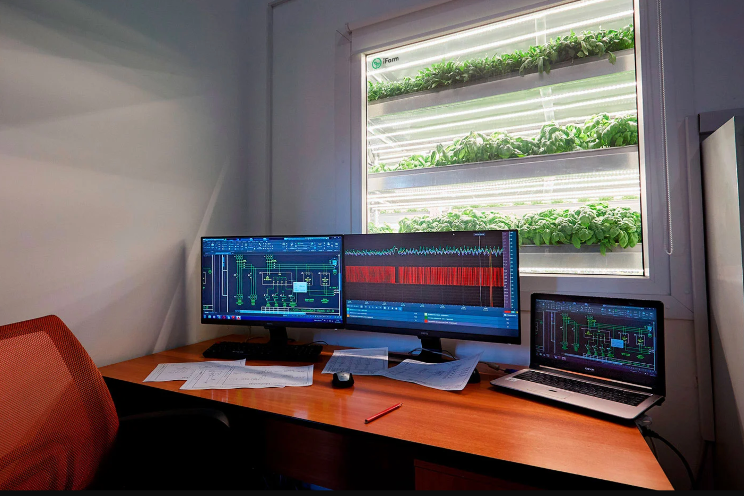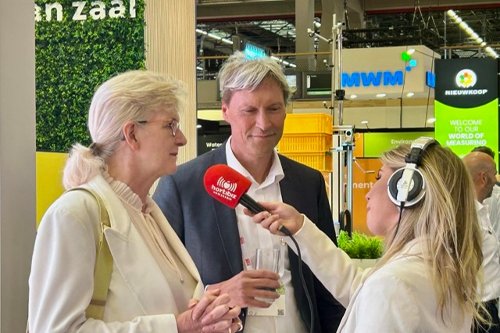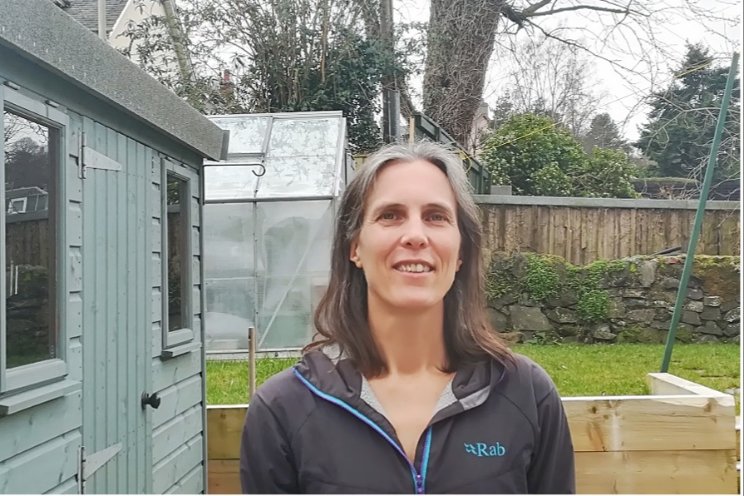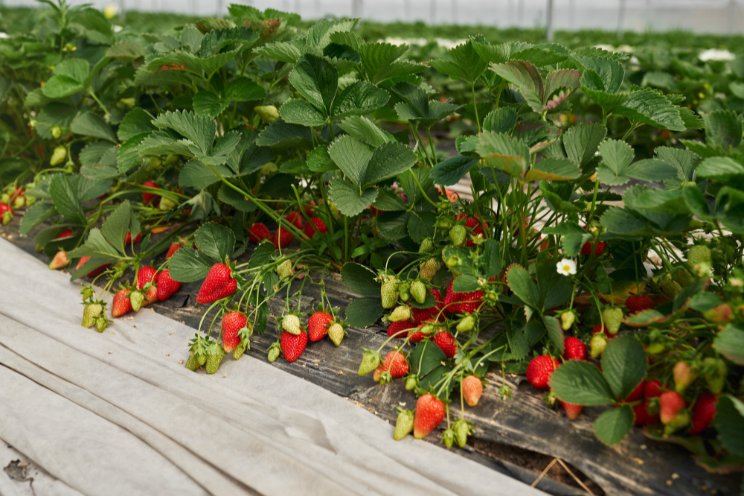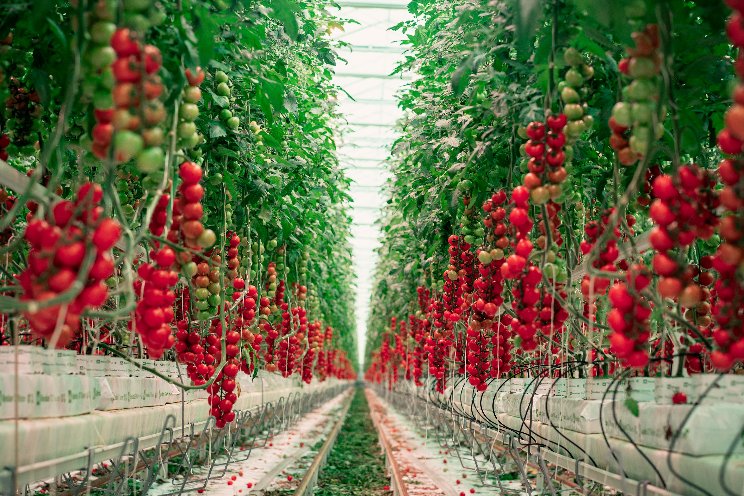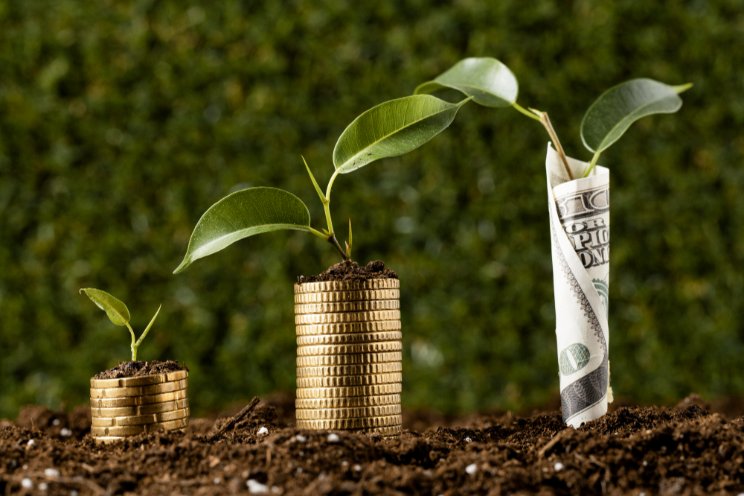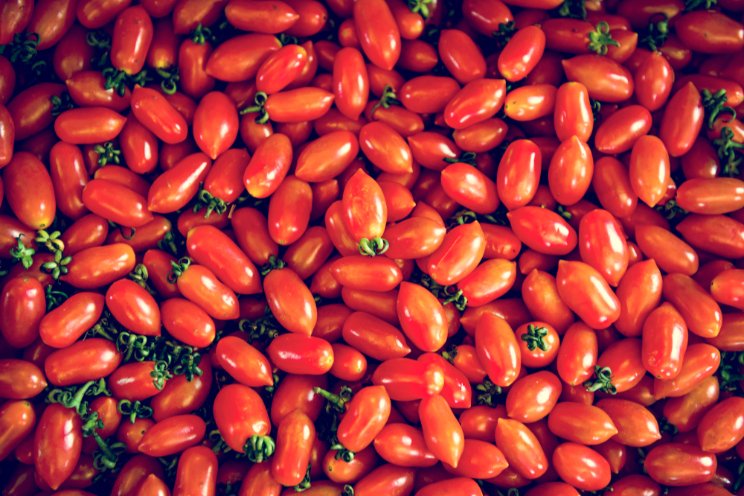Vertical farming is a space-saving way to grow at home
Added on 26 October 2021

The use of stacked layers in vertical farming (picture a wall of greens instead of a floor covered with 'em) allows farmers and even at-home gardeners to produce more food on the same amount of land. In fact, since decades of traditional farming has significantly damaged the soil in some locations, farmers and others are integrating these vertical layers into buildings (including skyscrapers, warehouses, and even shipping containers) as well as other spaces that would be otherwise unfit for farming.
Vertical farming can work in a myriad of ways, but one of the simplest forms (and one that is great for an at-home vertical farm of your own) involves crops that are grown inside stacked plant cups or trays that are then nestled in tower-like structures. The towers are equipped with hydroponic systems that are engineered to produce the perfect micro-climate, which controls everything, including temperature, light exposure, and moisture level.
In many cases, crops are actually grown soil-less, within a continuously circulating nutrient-rich water, instead. This is often why vertical farming systems are used to grow a variety of crops year-round.
Is Vertical Farming Sustainable?
One of the biggest selling points of vertical farming (and why it has increased in popularity in recent years) is that it is significantly more sustainable than traditional farming methods. First and foremost, vertical farming requires less water and space than its more traditional counterparts. It's estimated that farmers can use 98 percent less water and 99 percent less land with vertical farming methods. They can also produce crop yields that are 240 times that of traditional farms, since (indoor) vertical farming allows for a year-round, rolling harvest. And if you opt to grow some of your fruits and vegetables at home instead of venturing to the store to buy them, you're reducing your own carbon footprint.
Read more on Yahoo life
Photo created by shurkin_son - www.freepik.com
Source: Yahoo Life
More news

